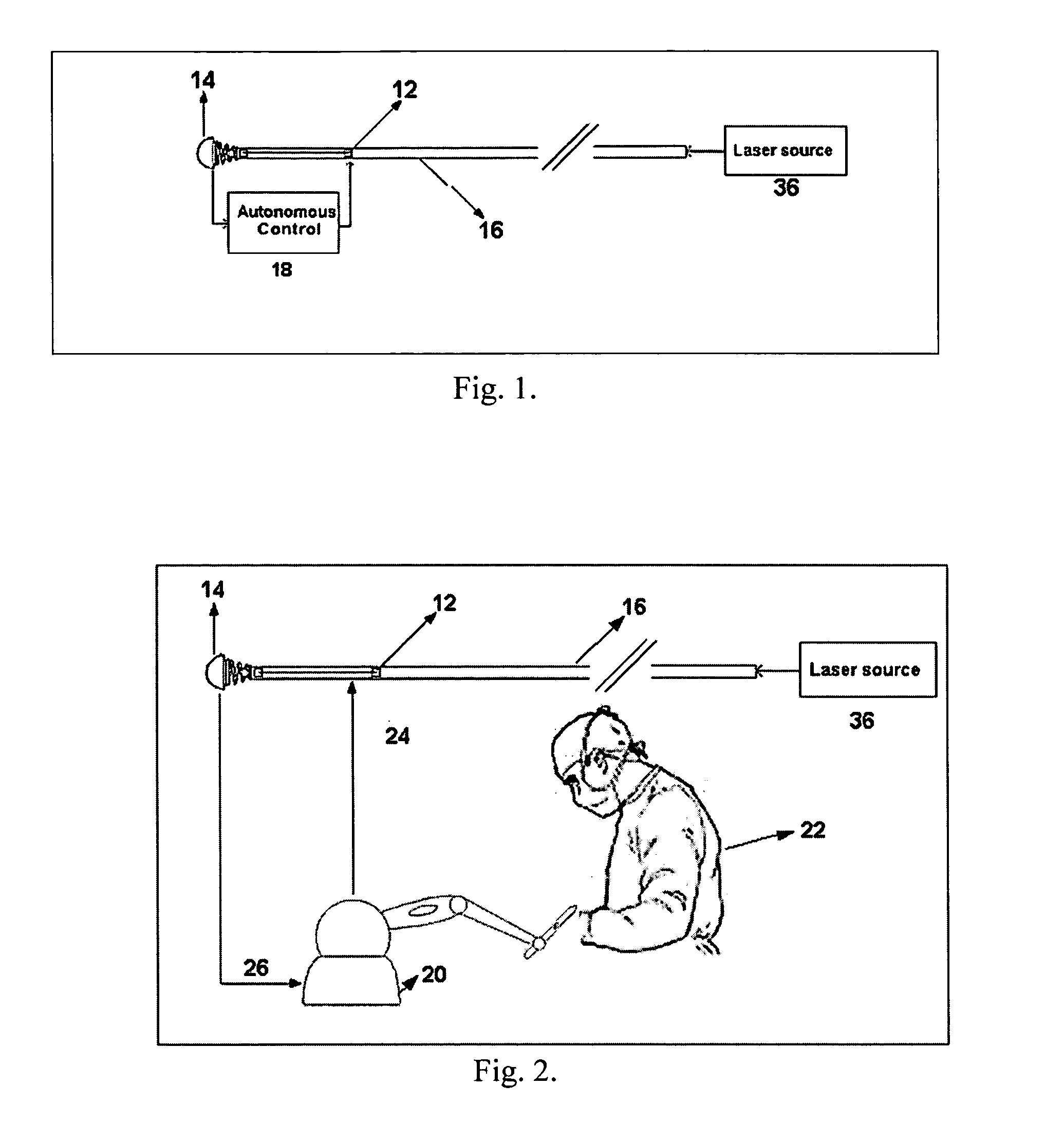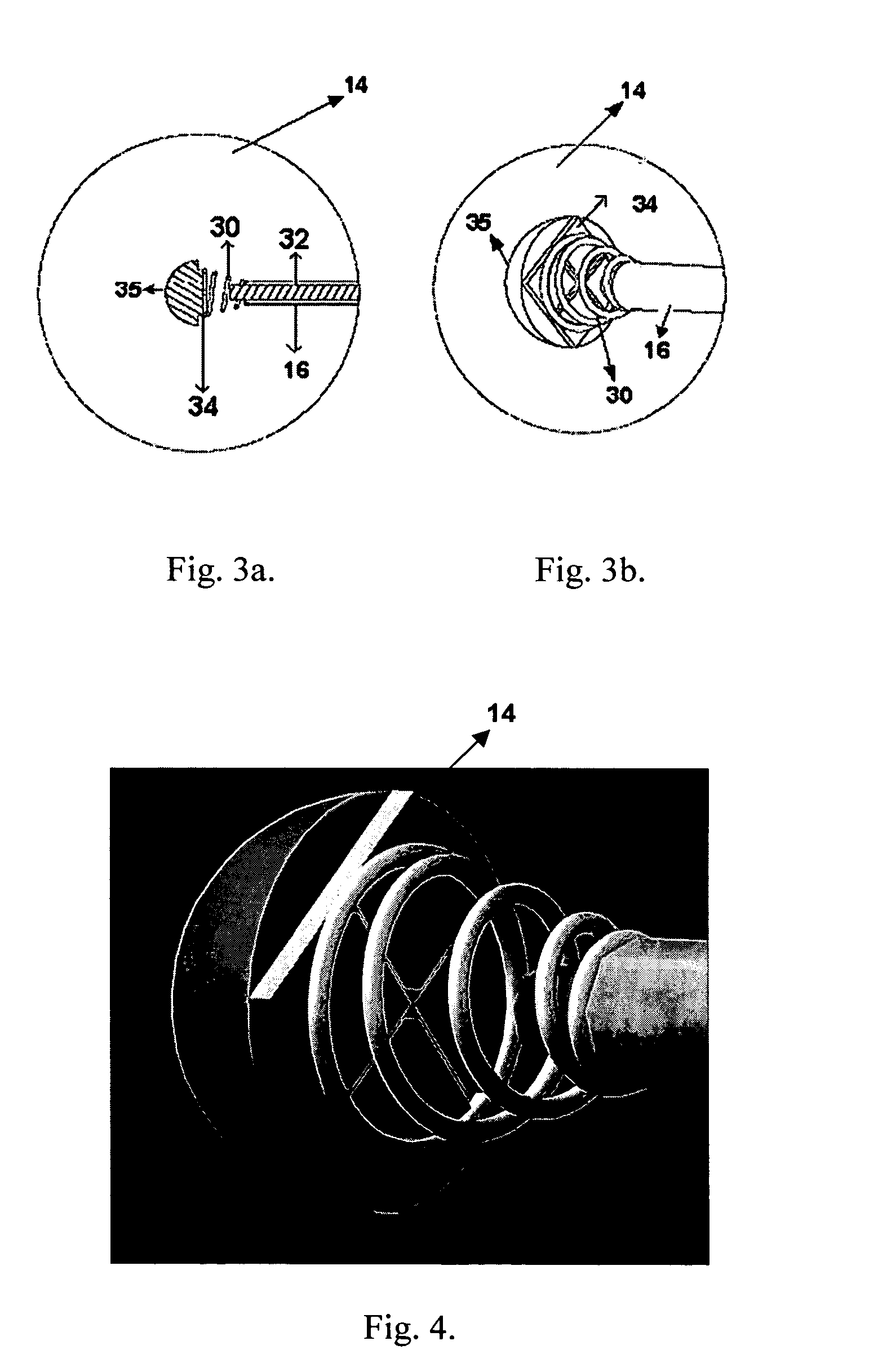Catheter and system for using same
a catheter and active technology, applied in the field of catheters, can solve the problems of affecting the clinical and patient experience, affecting the clinical effect of patients,
- Summary
- Abstract
- Description
- Claims
- Application Information
AI Technical Summary
Benefits of technology
Problems solved by technology
Method used
Image
Examples
Embodiment Construction
[0034]Researchers in the past have tried to instrument the catheter with Shape Memory Alloy actuators to actively control the tip of the catheter. This way the catheter can be smoothly guided into a branch in the blood vessel. The problem, however, is that the active catheters developed so far consist of actuators without any position feedback. Since most actuators used for the active catheter have a non-linear behavior, the control of the catheter by means of a joy-stick is extremely difficult and inaccurate and could cause damage to the blood vessels.
[0035]In one embodiment, this invention describes a completely autonomous control of a catheter instrumented with Shape Memory Alloy (SMA) actuators 12 and a novel three Degree Of Freedom (DOF) force sensor 14 on the tip of the catheter 16, as shown in FIG. 1. The force sensor 14 at the tip measures the magnitude and direction of the force acting on the tip of the catheter 16 due to contact with the blood vessel when used in angioplas...
PUM
 Login to View More
Login to View More Abstract
Description
Claims
Application Information
 Login to View More
Login to View More - R&D
- Intellectual Property
- Life Sciences
- Materials
- Tech Scout
- Unparalleled Data Quality
- Higher Quality Content
- 60% Fewer Hallucinations
Browse by: Latest US Patents, China's latest patents, Technical Efficacy Thesaurus, Application Domain, Technology Topic, Popular Technical Reports.
© 2025 PatSnap. All rights reserved.Legal|Privacy policy|Modern Slavery Act Transparency Statement|Sitemap|About US| Contact US: help@patsnap.com



